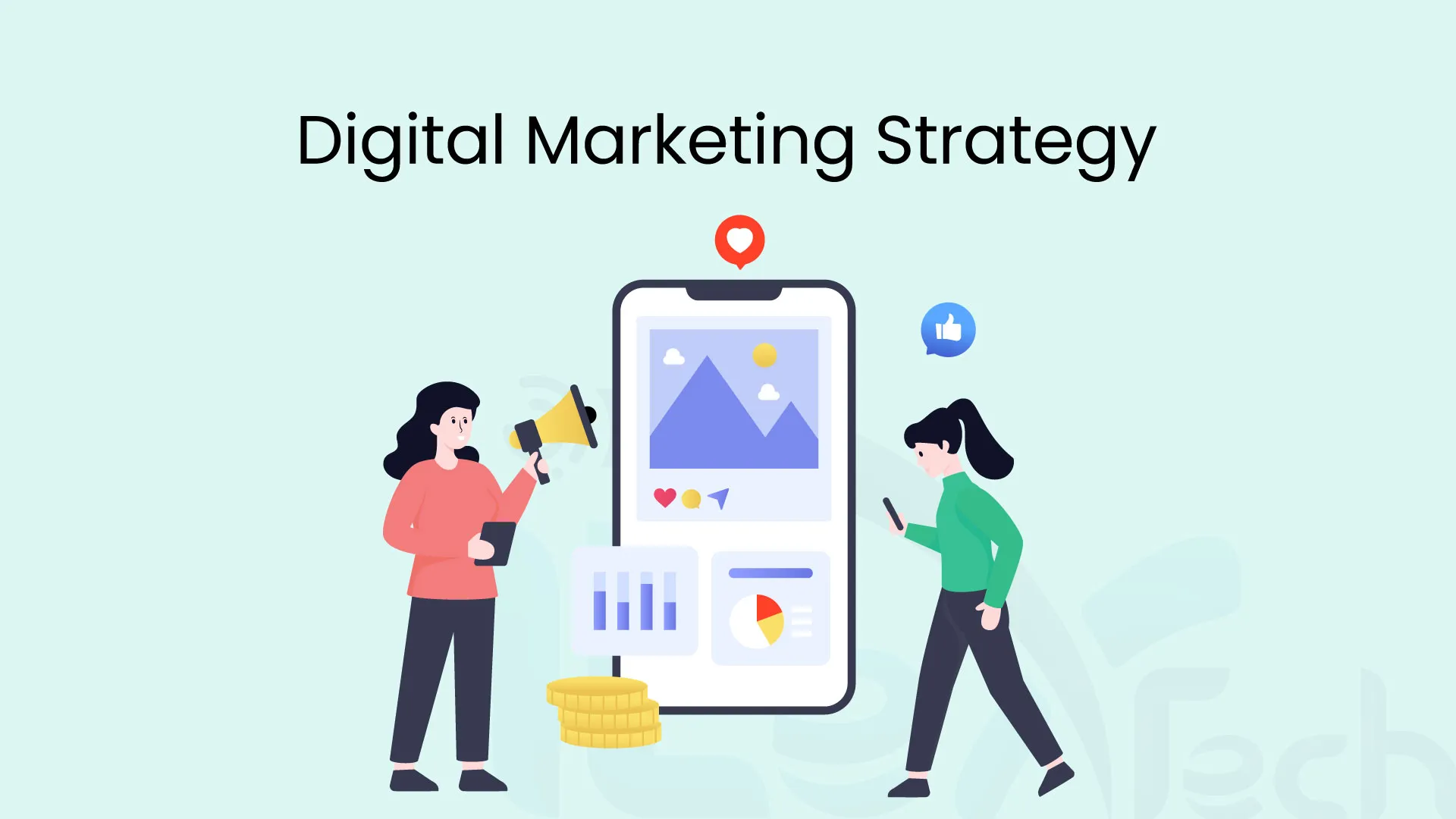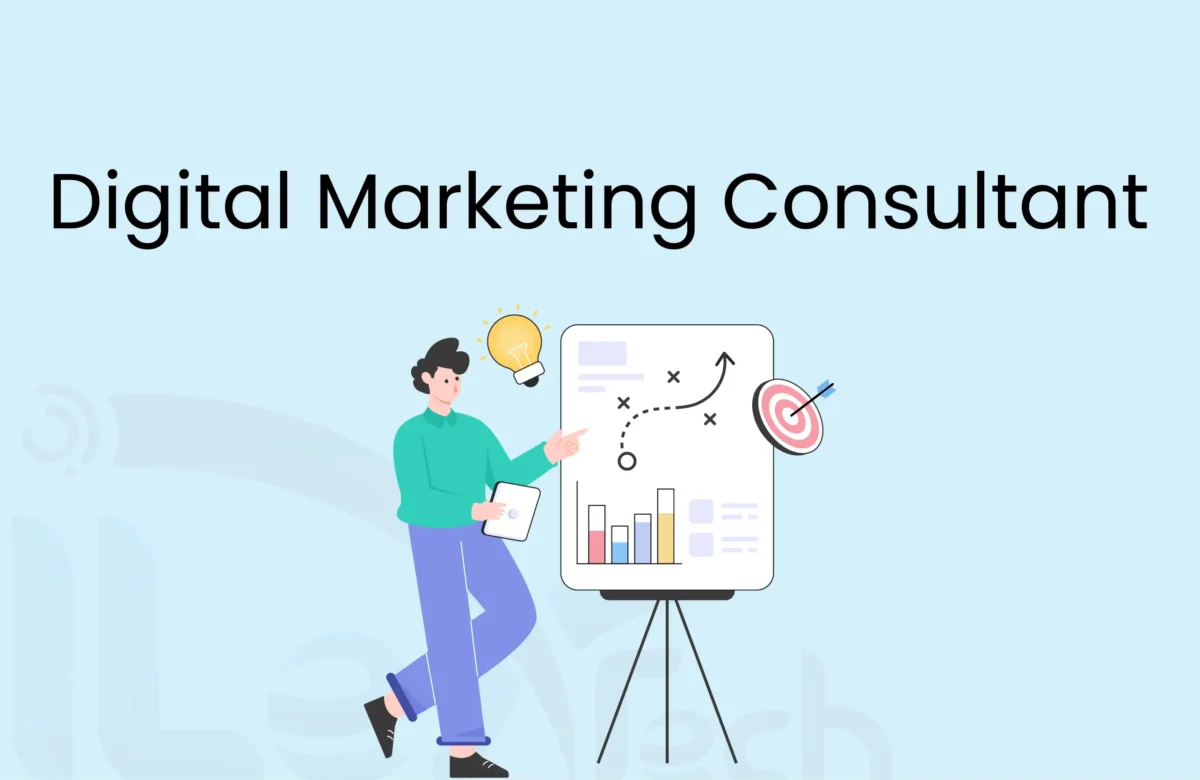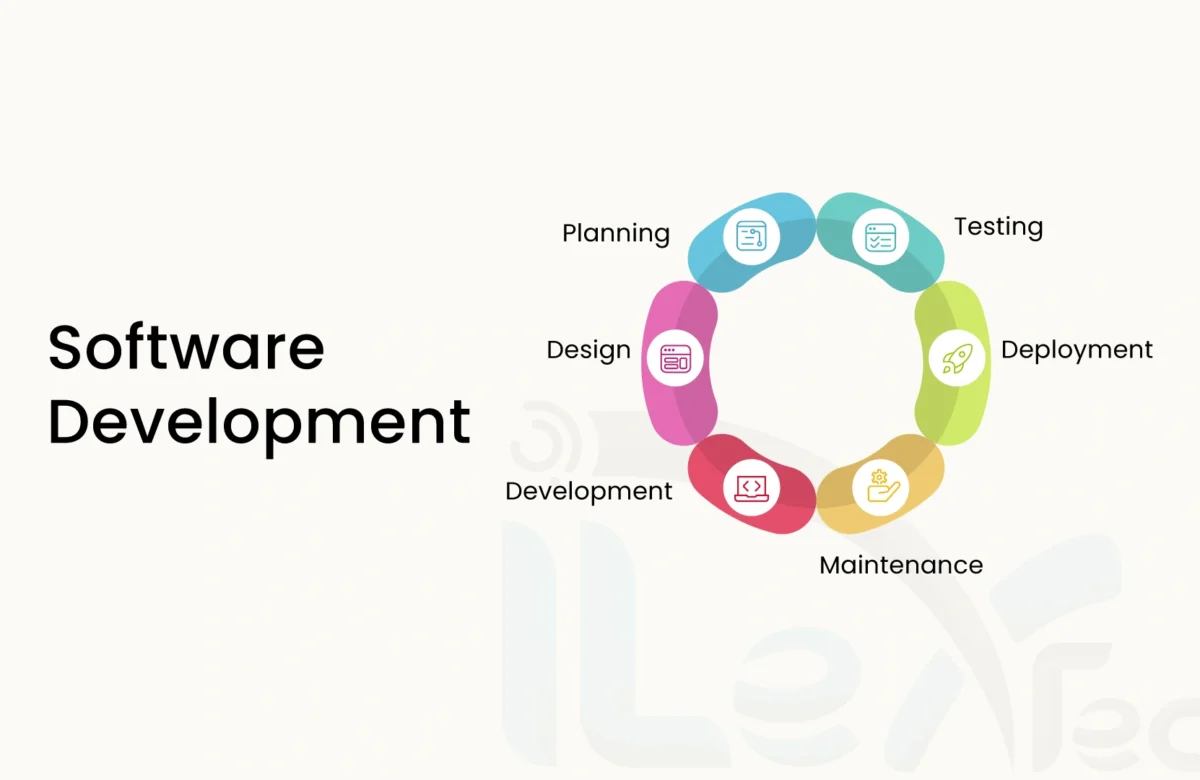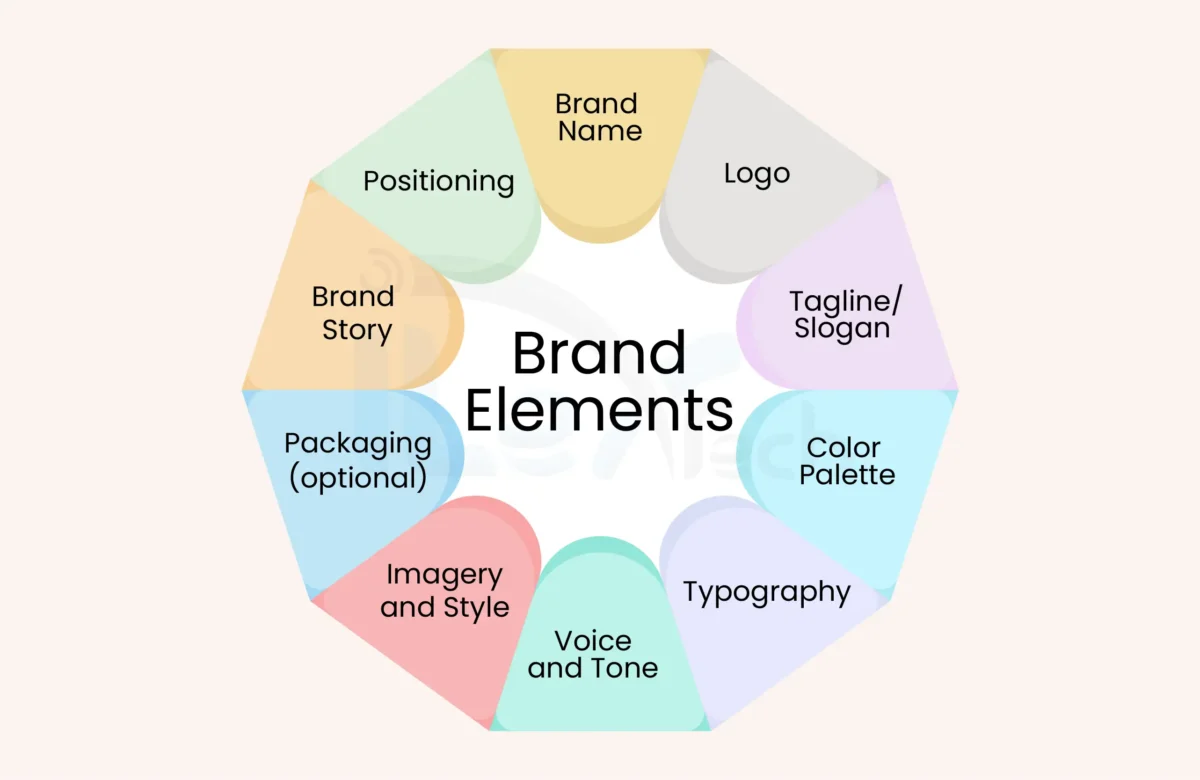Digital marketing strategy is the backbone of any successful online presence. It involves planning and executing marketing activities using digital channels to achieve specific business goals. Whether you are a startup or an established business, having a digital marketing strategy can help you connect with your target audience and grow your brand effectively.
What is a Digital Marketing Strategy?
A digital marketing strategy is a structured approach to achieving your business objectives through online channels. It encompasses various activities, including social media campaigns, search engine optimization (SEO), email marketing, and more. A good strategy aligns with your business goals and ensures that all your efforts are targeted to deliver measurable results.
Key Components of a Digital Marketing Strategy
Here are the essential components for digital marketing that you need to keep in mind:
- Clear Objectives: Start by defining what you want to achieve. Are you looking to increase brand awareness, generate leads, or boost sales?
- Target Audience: Understand your audience’s demographics, preferences, and online behavior. Knowing your audience helps you create content and campaigns that connect with them.
- Competitive Analysis: Study your competitors’ strategies to identify what works and what doesn’t. It will help you refine your approach.
- Marketing Channels: Decide which platforms and tools will best serve your goals. Options include social media, email marketing, content marketing, and paid advertising.
- Content Plan: Develop a content strategy that aligns with your brand and addresses your audience’s pain points.
- Metrics and Analytics: Use key performance indicators (KPIs) to measure the success of your campaigns. Regular analysis ensures continuous improvement.
Read the complete guide here on the Key Components of Digital Marketing.
What are the Types of Digital Marketing?
Before diving into how to build a digital marketing strategy, it’s essential to understand the digital marketing mix. A successful strategy relies on its key components, which are collectively referred to as the ‘digital marketing trifecta’. This trifecta outlines the different areas that contribute to your marketing efforts: earned, owned, and paid media. Let’s understand these categories in detail.
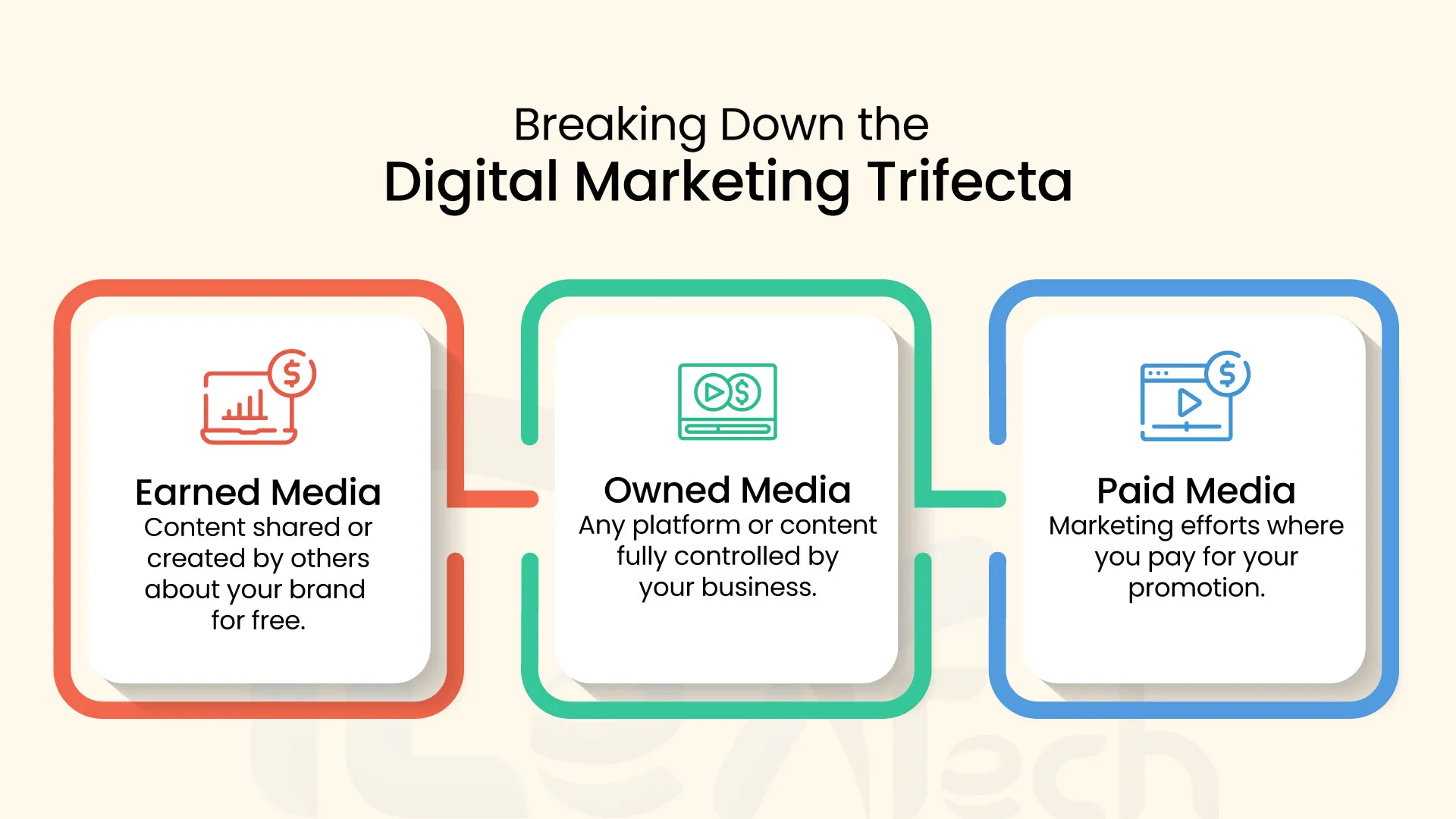
1. Earned Media
Earned media refers to the exposure your brand gets through third-party mentions, often as a result of providing exceptional products, services, or content. This includes article mentions, social media shares, reposts, and customer reviews. This type of digital marketing strategy is a powerful tool because it builds trust and credibility by leveraging organic recognition from others.
2. Owned Media
Owned media consists of the platforms and channels directly controlled by your brand. These include your website, mobile site, blog, and social media profiles. Owned media is the foundation of your digital marketing efforts, offering a space where you have full control over the messaging and customer experience. By regularly updating and optimizing these platforms, you can effectively engage your audience and drive consistent results.
3. Paid Media
Paid media involves investing in advertising to promote your brand. This includes pay-per-click (PPC) ads, display ads, retargeting ads, paid influencer collaborations, paid content promotion, and social media ads. Paid media is essential for expanding your reach and ensuring your message is seen by the right audience. When used effectively, it complements earned and owned media, multiplying your overall impact.
Understanding and integrating these three categories—earned, owned, and paid media—creates a solid foundation for a sucessful digital marketing strategy. By balancing these elements, you can maximize your marketing efforts and achieve your business goals.
People Also Read: What is a Digital Marketing Consultant & Why to Hire?
How to Create an Effective Digital Marketing Strategy
Building a digital marketing strategy requires a systematic approach. Follow these steps to create a strategy that delivers results:
1. Define Your Goals
The first step in creating an effective strategy is to set clear, measurable goals. Are you looking to increase website traffic, boost sales, generate leads, or improve brand visibility? Using the SMART framework—Specific, Measurable, Achievable, Relevant, and Time-bound—ensures that your goals are realistic and trackable. For example, instead of aiming to “increase traffic,” set a goal like “increase website traffic by 25% in three months.”
2. Understand Your Target Audience
Knowing your audience is crucial for tailoring your strategy. Start by creating detailed buyer personas that include demographic information, interests, pain points, and online behaviors. Use tools like Google Analytics, social media insights, and customer surveys to gather data. In fact, understanding your audience ensures your marketing messages resonate with them and meet their specific needs.
3. Conduct a Competitive Analysis
Analyze your competitors to identify their strengths and weaknesses. This includes reviewing their online presence, content strategies, social media engagement and paid advertising efforts. Tools like Semrush or Ahrefs can provide insights into their SEO and PPC campaigns. Understanding the competition helps you find gaps in the market and create a unique value proposition.
4. Choose the Right Digital Marketing Channels
Not all marketing channels are suitable for every business. Based on your audience’s preferences, select channels that will deliver the best results. Common options include:
- Search Engine Optimization (SEO): Boost organic search rankings to increase visibility.
- Pay-Per-Click Advertising (PPC): Drive targeted traffic through paid ads on Google or social media.
- Content Marketing: Create valuable blog posts, videos, or infographics to engage your audience.
- Social Media Marketing: Build a community on platforms like Facebook, Instagram, LinkedIn, or TikTok.
- Email Marketing: Nurture leads with personalized and automated email campaigns.
5. Develop Engaging Content
Content is at the heart of any successful digital marketing strategy. Create high-quality, relevant, and engaging content that addresses your audience’s needs and interests. Use a mix of formats, such as blog posts, videos, podcasts, infographics, and case studies. You can also incorporate storytelling to make your content more relatable and shareable.
6. Set a Budget
Establish a realistic budget for your marketing efforts. Allocate funds across chosen channels based on their potential ROI. For instance, PPC campaigns might require more upfront investment, while content marketing is cost-effective in the long term. Additionally, monitoring expenses ensures your efforts remain sustainable.
7. Use Analytics to Measure Performance
Tracking and analyzing performance is essential for optimizing your strategy. Tools like Google Analytics, HubSpot, or social media insights can help you measure metrics like website traffic, engagement rates, conversion rates, and ROI. Regularly review this data to identify what’s working and adjust your approach accordingly.
Recommended for You: What is Digital Marketing Audit & How to Do It?
Examples of Effective Digital Marketing Strategies
Creativity and strategic planning are key to standing out in the ever-evolving digital marketing world. Here are five examples of successful digital marketing strategies from well-known brands, showcasing how they use technology and creativity to connect effectively with their audiences.
1. Coca-Cola’s Share a Coke Campaign
Coca-Cola’s Share a Coke campaign is a brilliant example of personalized marketing. By replacing its iconic logo on bottles with popular names, Coca-Cola invited customers to find a bottle with their name or a friend’s name and share the experience on social media.
This strategy created a buzz, as customers felt personally connected to the product. The campaign used user-generated content, as people eagerly shared photos of their customized bottles, tagging Coca-Cola in their posts. This boosted social media engagement and enhanced brand visibility and emotional connection with the audience. The result is a global phenomenon that significantly increases sales and brand loyalty.
2. Nike’s Do It Campaign
Nike’s iconic Just Do It campaign demonstrates the power of storytelling and inspiration in digital marketing. Through social media platforms and video marketing, Nike creates emotionally charged content that resonates with its target audience. The brand frequently collaborates with athletes and everyday people to share stories of perseverance and achievement.
Additionally, Nike encourages user-generated content by urging followers to share their fitness journeys using specific hashtags. This approach builds a strong community around the brand while inspiring millions worldwide. The emphasis on motivation and authenticity ensures Nike’s position as a sportswear industry leader.
3. HubSpot’s Inbound Marketing
HubSpot has revolutionized digital marketing with its inbound marketing strategy. The company focuses on creating valuable, educational content to attract and engage leads. By offering free resources like blogs, eBooks, webinars, and online courses, HubSpot nurtures potential customers through its sales funnel without aggressive sales tactics.
The brand’s emphasis on providing value first has positioned it as a trusted authority in marketing and sales software. HubSpot’s approach not only drives traffic to its website but also converts visitors into loyal customers by addressing their pain points and delivering tailored solutions.
4. Airbnb’s Social Media Strategy
Airbnb’s marketing strategy is rooted in authenticity and community engagement. By highlighting user-generated content, Airbnb showcases real-life experiences of travelers who use their platform. The brand encourages customers to share photos and stories of their stays, which are then featured on Airbnb’s social media channels.
This approach makes the content relatable and trustworthy, as potential customers can see genuine experiences from real users. Additionally, Airbnb utilizes platforms like Instagram and Facebook to run targeted ads and promote unique listings, fostering a sense of adventure and discovery among its audience.
5. Amazon’s Personalization
Amazon’s digital marketing success lies in its data analytics and personalization mastery. Amazon recommends products tailored to individual preferences by analyzing customer data, creating a seamless and engaging shopping experience. This level of personalization boosts customer satisfaction and increases sales by offering products that customers are most likely to buy.
In addition, Amazon uses email marketing to send customized deals, reminders, and suggestions, further enhancing the user experience. This strategy has helped Amazon maintain its position as the leader in eCommerce by consistently meeting and exceeding customer expectations.
How to Build a Marketing Strategy for Your Business
Creating a digital marketing strategy tailored to your business involves:
- Identifying Your Unique Value Proposition (UVP): Highlight what sets your brand apart. Your UVP should resonate with your target audience.
- Setting Your Goals: Align your marketing objectives with your business goals. For example, if you want to grow your email list, your strategy should focus on lead-generation tactics.
- Defining Your Target Audience: Create detailed buyer personas to understand your audience’s requirements, interests, and online habits.
- Selecting the Right Channels: Combine SEO, social media, email marketing, and paid ads to reach your audience effectively.
- Crafting a Content Strategy: Develop content that addresses your audience’s challenges and interests. Use blogs, videos, and social media posts to engage and educate.
- Investing in Tools and Technology: You can use of tools like CRM software, email marketing platforms, and analytics tools to streamline your efforts.
- Monitoring and Adjusting: Regularly analyze your performance data and adjust your strategy to meet changing market conditions.
In short, a good digital marketing strategy is crucial for any business to succeed in today’s competitive online world. By knowing your audience, setting clear goals, and using the right channels, you can create a plan that delivers real results. Whether you’re a small business or a big company, the secret to success is staying consistent, keeping track of your progress, and being ready to make changes when needed.
